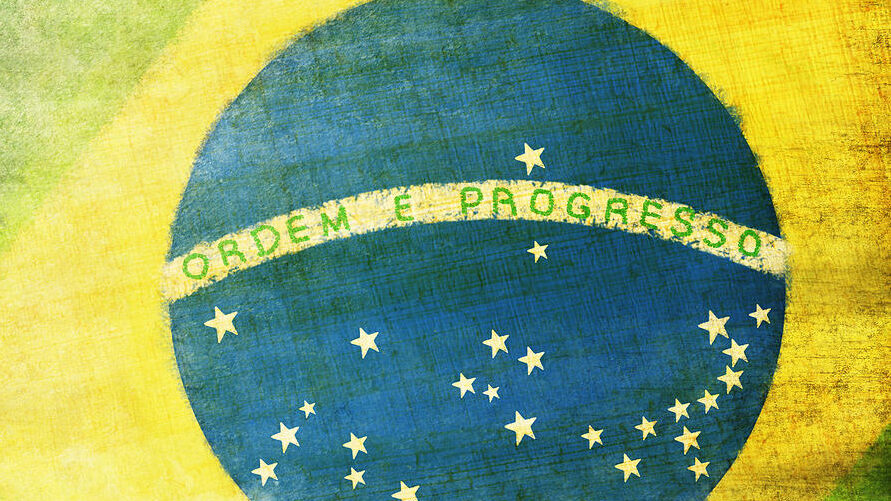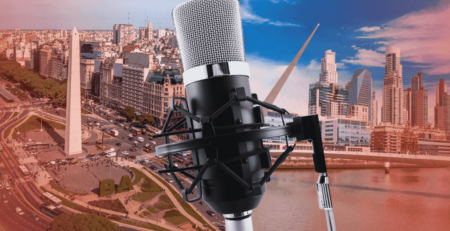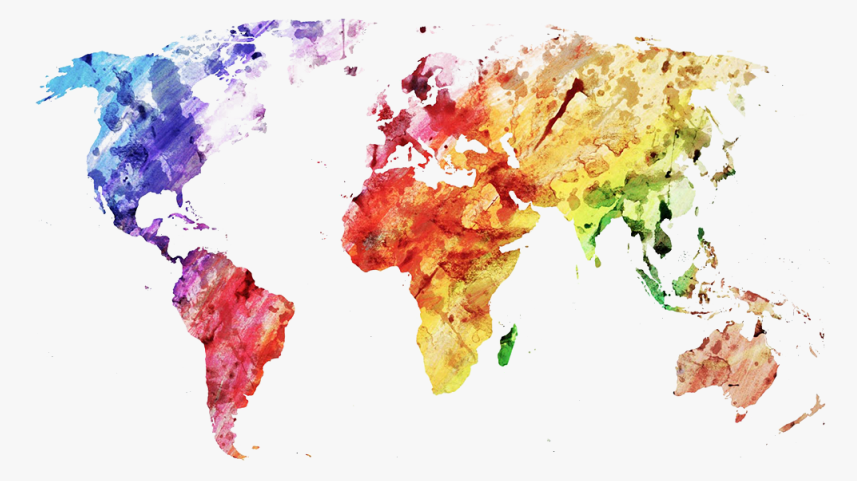A Promising Market for Video Game Localization
How big is Gaming in Brazil?
3 in every 4 people in Brazil play video games. And 1 in every 3 of the 210M Brazilians consider themselves to be hardcore gamers. That alone makes some strong arguments to consider localization seriously. But Brazil’s praised economic progress and the fact that it’s called to turn into one of the world’s most important economies in the years to come, make it an imperative.
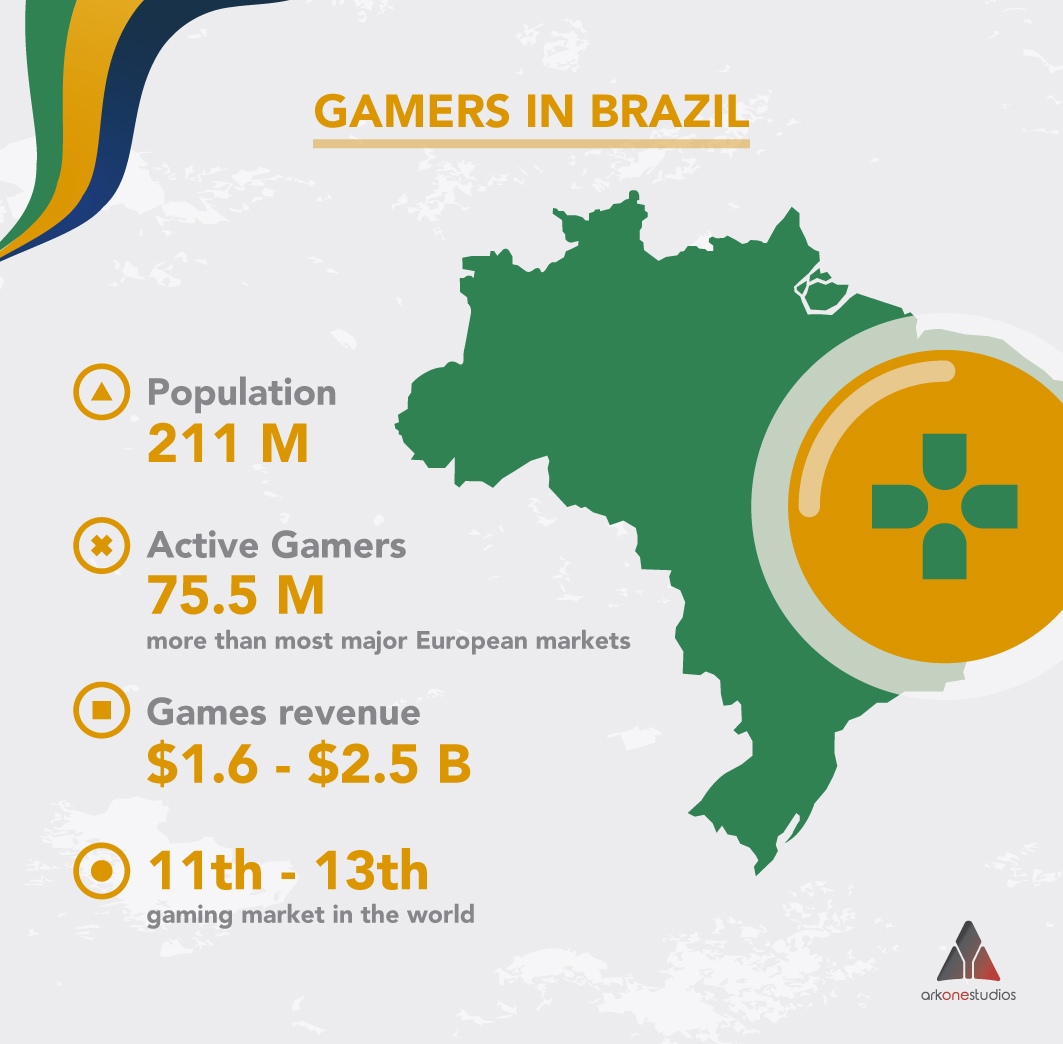
Brazil’s yearly revenue for the Gaming market is somewhere between $1.6B and $2.5B. Some sources position the South American giant as the 11th gaming market, others as the 13th. Whatever the case, all sources agree that the Brazilian market will keep growing. And as Brazil consolidates as the 6th eSport country in the world, this trend is only set to increase.
About 7.6 million people in Brazil have participated in eSports and about 10 million of them are passionate fans. eSports are gaining more followers every year with the leading players already earning hundreds of thousands of US dollars in prizes.
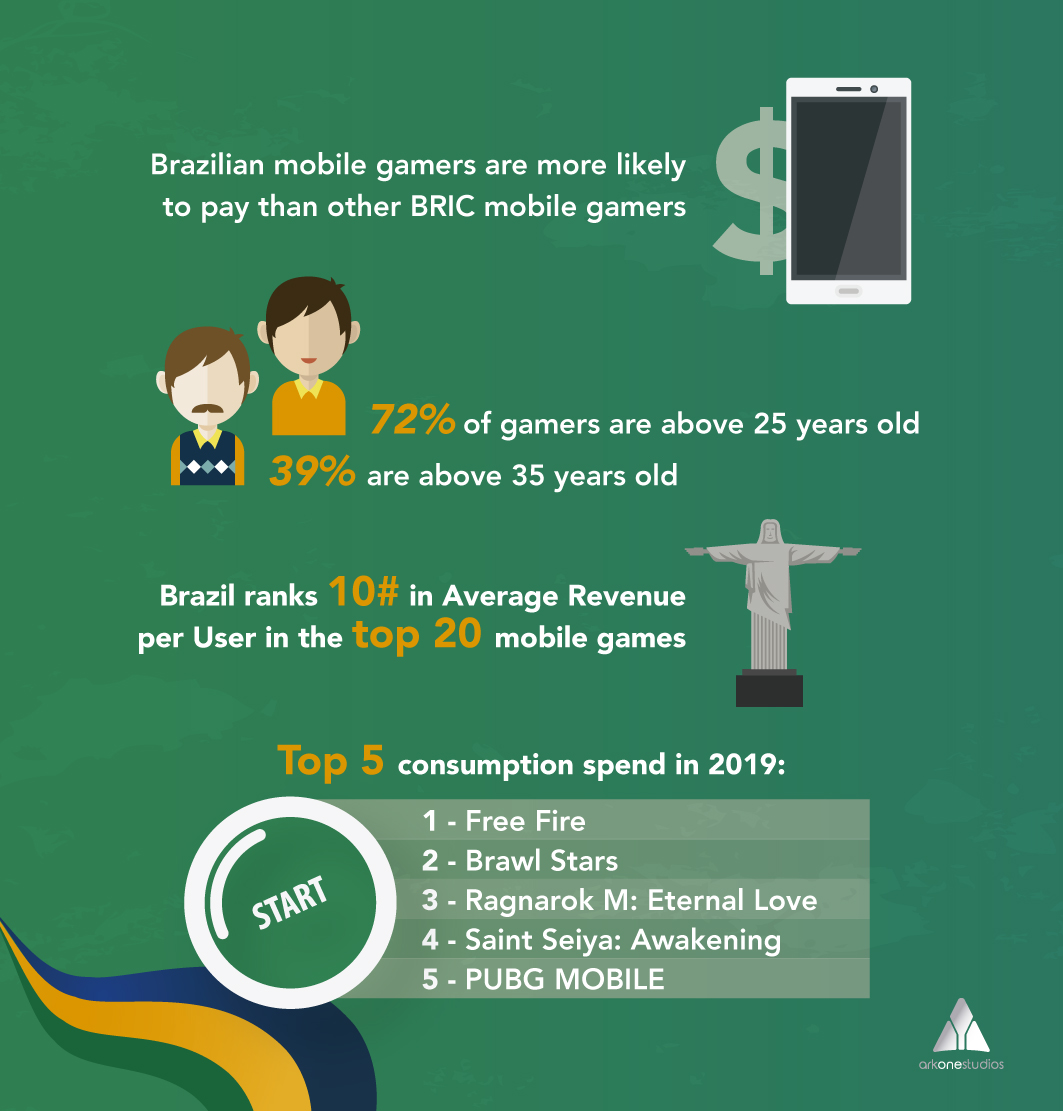
Is it a Smart Investment?
As a matter of fact, your localization to Brazilian Portuguese is critical for expanding your audience in Brazil. Just as a reference, the English Proficiency Index, that is, the world’s largest ranking of countries and regions by English skills, ranks Brazil lower than Pakistan, Japan, and Russia, and much lower than China, South Korea, Spain, or France. Would you trust your game’s success in these huge markets on an English only version? Surely not. Localizing your product for Brazilian speakers/gamers can be a great advantage to enter one of the most promising and robust emerging markets.

Brazil ranks 59th in the English Proficiency Index, below countries such as Japan and Russia.
Another important aspect is the size of its population and its strong localism. Brazil has the 5th largest population in the world and it is the only country in Latin America that speaks Portuguese. Most of its neighbors speak Spanish.
Another critical element is that Brazil’s population is 20 times larger than that of Portugal (1 to 20 ratio). That impressive size differentiation may be the reason why Brazil hasn’t had to struggle to convince worldwide media companies that a specific localization, different from the European Portuguese version, is needed for its audience. Its market size and growing economic relevance were driving factors in a business and cultural differentiation process that developed much faster and effectively than the one American and European Spanish are going through (1 to 10 ratio, but dispersed in different countries).
Gaming Market Maturity Stage
One thing Brazil shares with the rest of Latin America is that its game market is not entirely mature, so its full potential hasn’t been reached yet. Piracy was the primary means of accessing games for gamers back when digital distribution was not around. Physical software was hard to come by and prices were twice what someone in the United States would normally pay. As a consequence, the game market was much smaller, there were little localized content and no way of knowing the real demand. Audiences used to concentrate on game genres with little narrative content and genres which today are popular didn’t have a chance to attract many players due to language limitations and their niche nature, which made them even more expensive.

Professionalized Esports events are followed by millions in Brazil.
But as gaming companies started to identify this opportunity and decided to localize story-driven games, the share ratio of genres chosen by the local audiences now mirrors those of North America or Japan. And the fact that international leaders such as Ubisoft, EA, Blizzard, Microsoft, Sony, and Disney have offices in São Paulo speaks volumes of the market and how it may evolve.
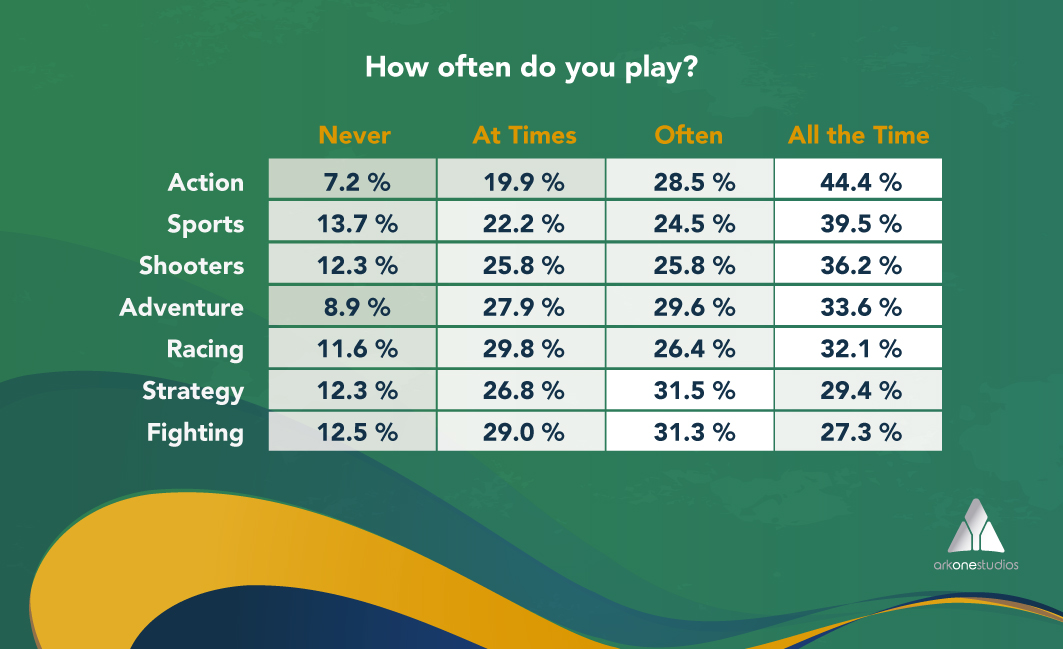
Market Expansion
Brazil’s gaming revenue is growing thanks to mobile penetration, digital distribution, and the Free to Play model (F2P) just as in the rest of Latin America. Smart regional strategies, like those of Steam and Xbox Live, are helping to broaden the audiences and strengthen the formal market.
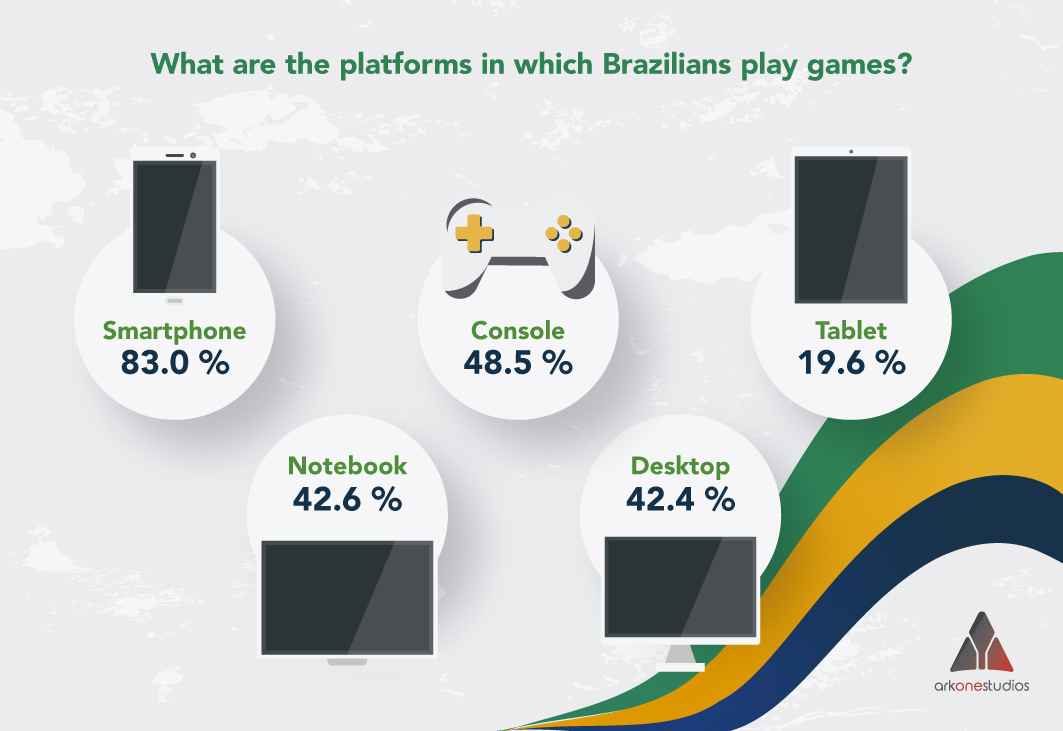
Brazil shares another key regional characteristic: Internet penetration is very high, primarily due to the use of Smartphones. They are the most popular gaming platform in the country– whether judged by market share or distribution, revenue, growth rates, or general consensus about their potential. The average monthly spending on this platform is $5, an impressive number for a platform with a huge user base, and strongly inclined to the F2P business model.
Longer ROI Curves
Console generations tend to last much longer in Latin America. Historical high taxation of imported entertainment electronics fueled this price gap that led to different regional market evolution, something that has fortunately changed in the last few years.
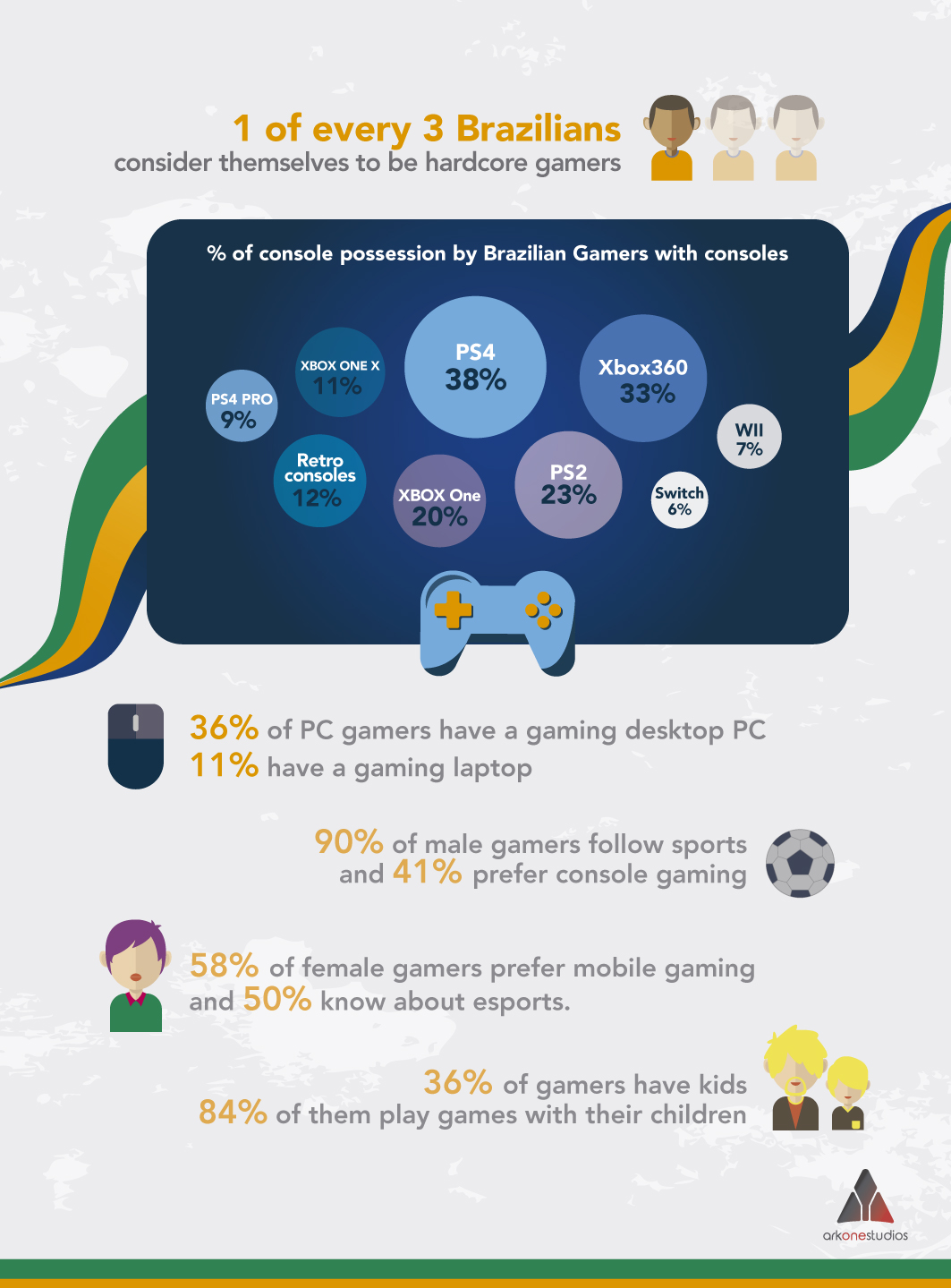
Today, Microsoft and Sony have learned the importance of locally manufacturing their consoles to provide a more competitive price to local audiences. And in Brazil, when compared with more mature markets, gaming audiences use their consoles way pass their generation expiry date. This has a very important impact on localization: its return of investment (ROI) should be measured in equally long time frames as in the rest of Latin America, given that in this region sales tend to be less concentrated around the launch time frame, but extend throughout many years.
Localization Pays Off
Localizing for the Brazilian Portuguese market is a smart move, both in the short term and in the future. Industry leaders decided to open their offices locally to build brand attachment, not only for what this market is worth but also for what it will be worth in little time. International developers around the world see an immediate return to their localization efforts. They are also learning that when followed by smart marketing campaigns that may include community management in Discord, Twitch, and other social platforms, the sales curves of their products experience better longevity.
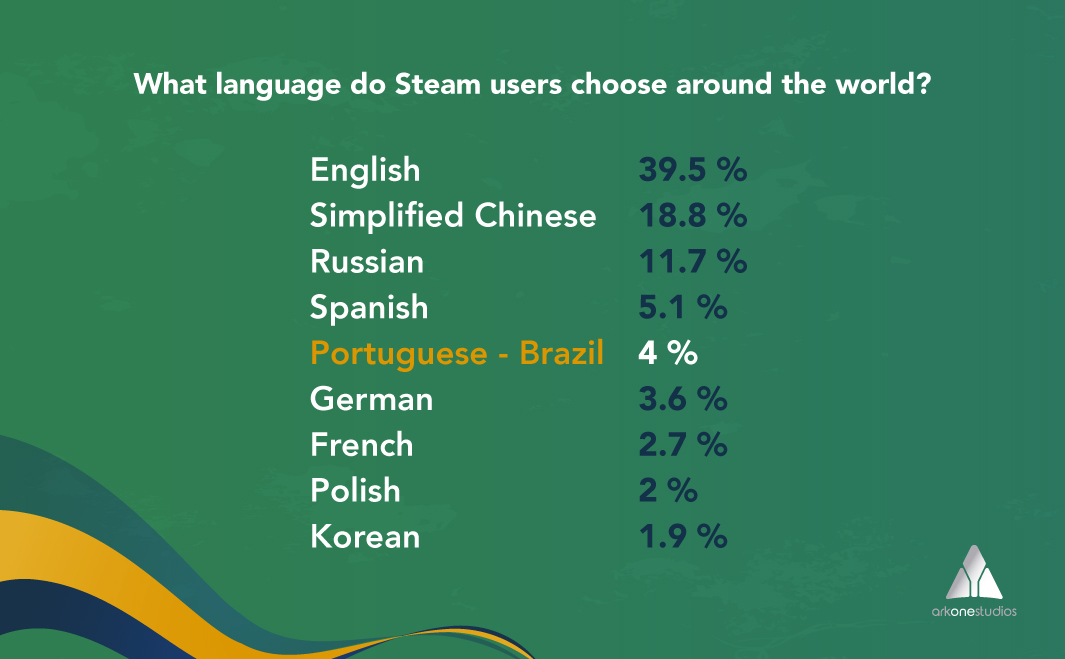
Brazilians strongly value gaming experiences in their own native language and there’s a very promising opportunity for those developers and publishers who are starting to see it.

